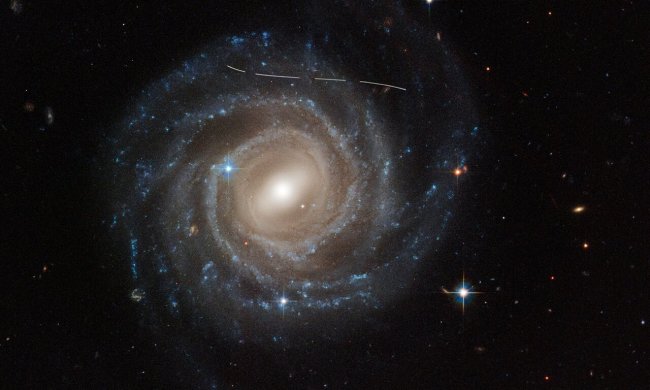
When scientists using the Hubble Space Telescope turned their attention to a globular cluster called NGC 6397, they were expecting to find one, medium-sized black hole at its center. But instead, they found something rather more strange. They found evidence of a collection of smaller black holes, in a cosmic oddity that could teach us about how black holes evolve.
There’s a “missing link” in the world of black holes, as we see regular-sized black holes caused by the collapse of a star and very large black holes at the heart of galaxies called supermassive black holes. But we almost never see black holes in between these two sizes. This means we don’t really understand how black holes merge or grow.
The hunt for medium-sized black holes, or intermediate-mass black holes (IMBH) as they are known, is what drew the researchers’ attention to NGC 6397. They hoped to find one of these missing link black holes at the center of the cluster. But that’s not what they found.

The orbits of the stars in the cluster indicated that there wasn’t a single point of mass around which they orbited. They had seemingly random orbits that were best explained by the presence of multiple points of mass.
“We found very strong evidence for invisible mass in the dense central regions of the cluster, but we were surprised to find that this extra mass is not point-like but extended to a few percent of the size of the cluster,” explained lead researcher Eduardo Vitral in a statement.
That made them think that what they were looking at was a collection of smaller black holes, each too small to be imaged directly. But their presence can be inferred by looking at the movements of the stars.
This unusual finding fits in with other recent work suggesting that the central regions of globular clusters could be full of smaller black holes. “Our study is the first finding to provide both the mass and the extent of what appears to be a collection of mostly black holes in a core-collapsed globular cluster,” Vitral said.
Scientists believe these black holes formed from the remnants of the massive stars which once populated the cluster before they ran out of fuel and collapsed in on themselves. These stars sank to the center of the cluster due to their mass, forming the concentration of smaller black holes.



